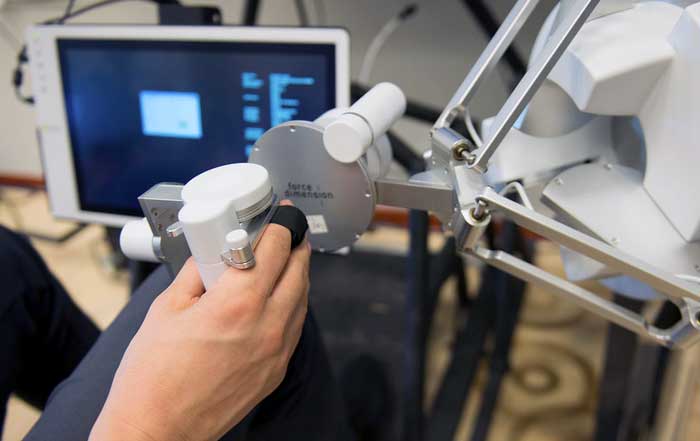The modern world is seeing an increased use of robotics and automation in everyday life. There is no doubt that robots can improve our lives in many ways, from helping with mundane tasks to performing highly sensitive operations. However, in order for robots to be useful, they must interact with humans in a way that is both effective and comfortable. This is why designing for human-robot interaction (HRI) is becoming increasingly important.
HRI is the study of how people interact with robots and how robots interact with people. This includes understanding the human-robot relationship, designing user interfaces, and developing strategies for successful robot-human interactions. It is a complex area of research that requires a deep understanding of both robots and humans.
One of the most important aspects of HRI is designing user interfaces that are intuitive and easy to use. A good user interface should be designed with the user in mind, taking into account their needs, abilities, and preferences. This includes taking into consideration how they will interact with the robot, what tasks they will be performing, and how they will receive feedback from the robot. For example, a user interface for a robotic vacuum cleaner should be designed to make it easy for the user to control the robot and give it instructions.
In addition to designing user interfaces, HRI also involves creating strategies for successful robot-human interactions. This includes designing robots that can recognize human emotions, respond appropriately to commands, and provide meaningful feedback. For example, a robot should be able to recognize when a human is angry and respond with empathy, rather than aggravating the situation.
Another key aspect of HRI is safety. When designing a robot for interaction with humans, it is important to consider how the robot will interact with its environment and people. This includes considering the robot’s speed, size, and strength, as well as any potential risks to humans. For example, a robot designed to assist with elderly care must be designed with safety in mind, as it could cause serious injuries if it were to move too quickly or become too strong.
Finally, HRI also involves considering ethical implications. As robots become increasingly advanced, it is important to consider the ethical implications of their use. For example, robots could be used to replace human workers, which could lead to job losses and inequality in the workplace. It is important to consider the potential impact of the use of robots on humans, and design robots in a way that is beneficial to society.
Designing for human-robot interaction is a complex and challenging field of research. It requires an understanding of both humans and robots, as well as an understanding of user interfaces, safety, and ethics. It is an area of research that is becoming increasingly important, as robots become more commonplace in everyday life. With careful consideration and research, it is possible to design robots that can interact with humans in a safe, comfortable, and beneficial way.

